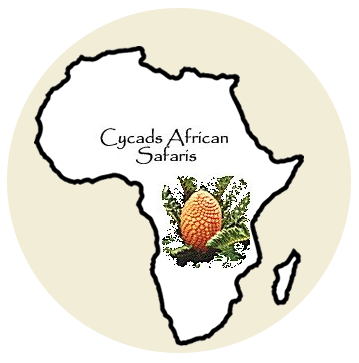Ngorongoro National Park; meet the home of one of the largest unbroken calderas in the world, measuring 19km across and up to 600m deep. The scenery of Ngorongoro’s craters make it an essential stop on Tanzania’s northern circuit. The best vantage points to take in its beauty are the lodges perched on the crater rim.
It is nothing short of superlative. Standing here, you will see huge varieties of wildlife at the floor of the caldera including black-backed and golden jackal, as well as spotted hyenas. The only animal you don’t stand good chances of seeing here are the Masai giraffes as they find the crater too deep to descend into. They prefer to dwell in the conservation area due to its relatively flat landscape.

As you pursue a safari inside the crater, brace yourself for a breathtaking backdrop of lush green walls climbing skywards. Your jaws will drop in awe. The elephants to which the park is home are believed to be amongst the biggest elephants in the whole continent, several of which weight over six tones. Watching them stop to relax is such an unforgettable experience. They simply drop their heads and rest their long tusks on the ground!
Morning game drives here offer great chances of seeing the highest density of predators in Africa. But its not just them that make the park special. It has a thriving population of Elephants, cheetahs, and a host of other species. Even more thrilling is the high likelihood of seeing black rhino.
That is why the park is an A-list destination for both First-timers, as well as the most hardened and experienced safari goers. To stand better chances of finding leopards, a visit to the forested fringes of the crater is highly recommended.
One of the biggest advantages that Ngorongoro has over Serengeti is that in Serengeti, off road driving isn’t allowed which can make for some rather distant, and frustrating, wildlife viewing. In Ngorongoro, such stricter rules are not applicable.
To really get the most out of Ngorongoro, you need to allow plenty of time as the park is massive with vast landscapes and environments and wildlife. If you are not in a rush, its better to allow time to see a bit of every area and have some rest days so as to take in the healing power of nature. However if you have limited time, we can tailor a shorter safari focusing on unique regions that will offer you the most memorable days of your life.
From a safari perspective, the best time of the year to visit it is January to March, a migration season when the world-famous herds of wildebeest, eland, zebra, topi, and lots of other animals roam down the conservation area’s western edge.
Wildlife aside, this gem is an outstanding trekking destination, further boasting the Olduvai Gorge, where many important fossils of early human ancestors have been discovered.
Its surrounding volcanic landscapes are so rich and fertile. That’s why it is graced by the local Maasai who still herd their cattle while prides of lion roam close by.
